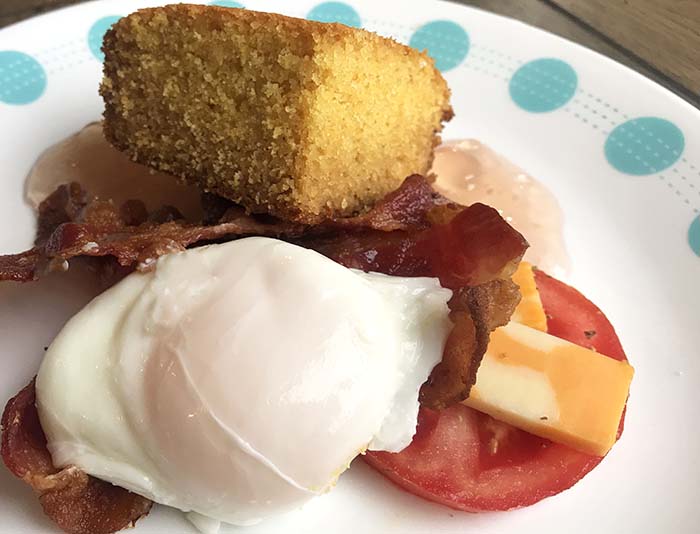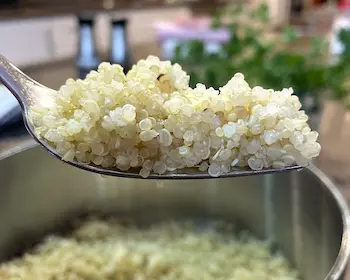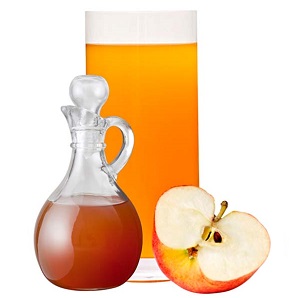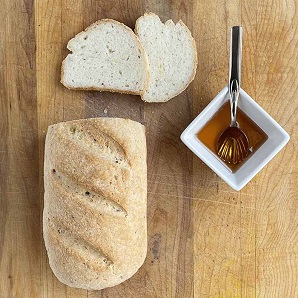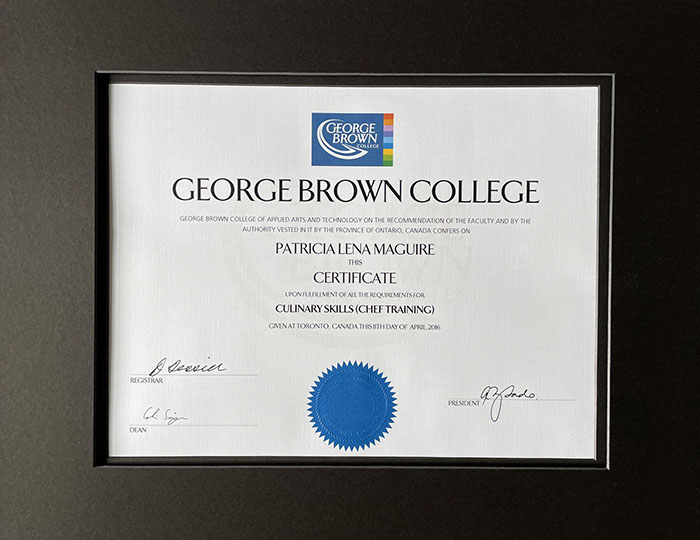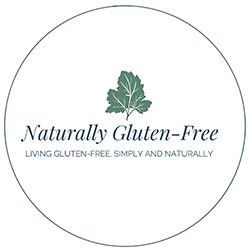- Home
- Gluten Free Cooking
- Gluten Free Salad Dressing
Gluten Free Salad Dressing

Making your own gluten free salad dressing may just be the easiest thing you can do. And it makes so much sense. Why keep a half dozen bottles of manufactured dressings in your fridge, when a few items from your pantry will make you a tasty sauce that you know has quality ingredients.
Basic Salad Dressing Ingredients
Honey Dijon Vinaigrette and Other Variations
Bottled Gluten Free Salad Dressings
Restaurant Salads and Dressings
Salad dressing that you make yourself is naturally gluten free.
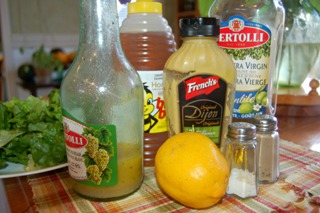
Keep your pantry stocked with a few basic items:
- A few varieties of vinegar: White wine is a classic, or try red wine, balsamic if you’d like a nice robust flavour, rice vinegar if you’re doing Asian inspired meals, or even plain white vinegar for a tart lip puckering experience
- Lemon juice: you can keep a bottle of it in your fridge if you like. I prefer to keep a few fresh lemons on hand.
- Lime juice: I keep one of those little plastic limes in the fridge for convenience, but fresh is great.
- A good quality virgin olive oil: There are options here too. Darker oils tend to have more intense flavours. Most people prefer lighter oils for salads. Avoid canola oil or non-specific vegetable oils. Many contain GMO’s or are highly processed. Poly unsaturated fats are unstable so if not handled correctly can go rancid.
- Honey
- Dijon mustard
- A few gluten free herbs and spices to play with: parsley, dill, tarragon, whatever your favourites are.
A simple vinaigrette is just this:
- One part acid: vinegar or lemon juice or a combination.
- Two parts oil: I only use quality virgin olive oil. Some recipes say 3 parts oil. I find it a bit oily but you decide what you like.
- Salt and pepper to taste
From there, you’re only as limited as your imagination.
Here are a couple of my favourites:
Honey Dijon Vinaigrette:
Get a bottle or jar that will hold about 1 ½ cups (350ml) of dressing
½ c (120ml) white wine vinegar or fresh squeezed lemon juice or ½ and ½
1 c (230 ml) olive oil
1 tsp (5 ml) dijon mustard
1 tbsp (15 ml) honey
Salt and pepper to taste
Put all the ingredients in a bottle or jar. Shake vigorously until it emulsifies. Taste to make sure the seasoning and texture is right and adjust if necessary. If it’s too oily add a little more acid. If it makes you pucker a little too much then it needs a little more oil. Shake again and enjoy. Your gluten free salad dressing will keep in the fridge. The olive oil will solidify a bit but that’s okay. Just take it out a few minutes before you’re going to use it.
Variations:
French dressing: same as above but eliminate the Dijon and add about ¼ cup (60 ml) of ketchup.
Lemon dill dressing: Use ½ c (120ml) lemon juice, no vinegar. Add ½ tsp (2-3ml) dry dill weed. You can keep the honey and mustard or leave it out.
Lime Vinaigrette: Substitute the lemon juice above with fresh squeezed lime juice. Very nice with a mixed greed salad including some spinach for crunch and avacado for extra healthy fat and nutrition. Top with toasted pine nuts or slivered almonds.
Creamy gluten free salad dressing
Creamy dressings are mayonnaise based. Here’s one that is nice on broccoli salad or coleslaw:
1 c (230 ml) mayonnaise
½ c (120 ml) white sugar (you can substitute honey if you’d like to avoid the sugar)
2 – 3 tbsp (30-45 ml) white vinegar
Whisk the mayonnaise and sugar together. Whisk in 2 tbsp vinegar. If it’s too thick add a little more vinegar. It should be just thin enough to run off the spoon but thick enough to stick to the vegetables.
Variation: add ¼ c (60 ml) of ketchup for creamy French dressing
Keto Friendly Salad Dressings
If you are on a keto diet, you'll likely find you make a lot of your own salad dressings simply because so many bottled dressing, like so many other ready made foods, contain unnecessary added sugar.
To make your own keto friendly salad dressings, just follow the guidelines above. For any of the recipes that call for sugar or honey, leave it out or replace it with a keto friendly sweetener like monk fruit or erythritol. I suggest keep these to a minimum though as they are highly processed and can cause stomach upset.
Bottled Gluten Free Salad Dressings

So you want to buy a couple of bottles to keep on hand. Okay, I’ll forgive you. But there is just so much to choose from, how do you know you're making a healthy choice? Here are a few things to keep in mind:
- Of course check the label for gluten containing grains and gluten in additives.
- Avoid the low calorie, reduced fat versions. It’s just a marketing ploy. When companies remove the fat from our foods they replace it with artificial additives that are bad for you and with sugar which is even worse. Fat is an essential part of your healthy eating plan and a little in your salad dressing is not going to make you fat. Also, vitamin K which is a valuable nutrient found in leafy greens is fat soluble. That means if you don't have fat with your leafy greens you are not getting the nutritional value.
- The fewer food additives the better, from a health perspective, but in Canada and the U.S., you can trust the label when it comes to gluten. We used to worry about gluten "hiding" in these ingredients with inscrutable names but that is no longer legal.
Brands
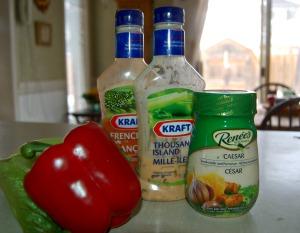 |
We all have our favourite brands, so if you're not sure about yours, check their website or email them. I'm pretty confident with Kraft's labelling practices. Not all their choices are gluten free but if you check the label you should be fine. I'm also a Rene's fan. They have an allergy guide, and their Caesar is gluten free. |
Restaurant Gluten Free Salad Dressings and Salads
You would think a salad is a pretty safe thing to order in a restaurant, but that’s not always the case. Be sure to let your server know your needs. More and more people in the restaurant business are becoming familiar with gluten and can help you choose items that are gluten free. Sometimes they’ll make up a dressing for you or alter the salad a bit to take out the offending ingredient. The key is, don't assume that just omitting the croutons will make your salad gluten free. Ask about the dressing and any other garnishes like candied nuts, grains, crispy toppings.
Just ask, don’t be shy.
Home > Gluten-Free Cooking > Gluten Free Salad Dressing


